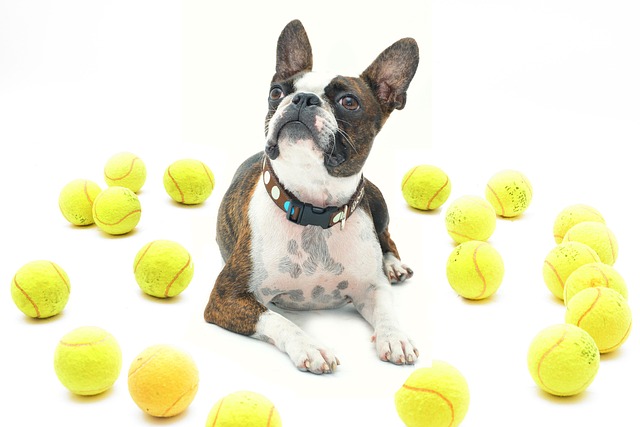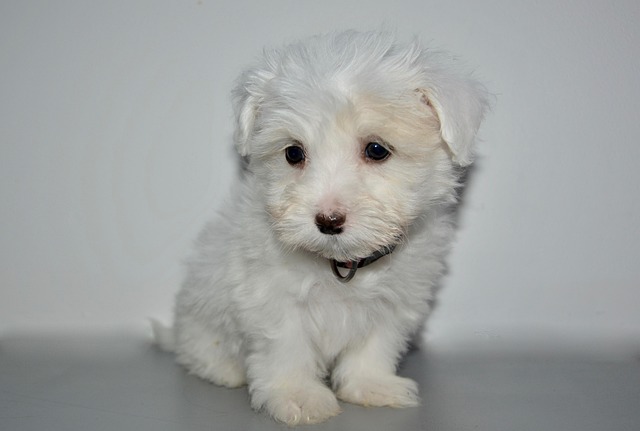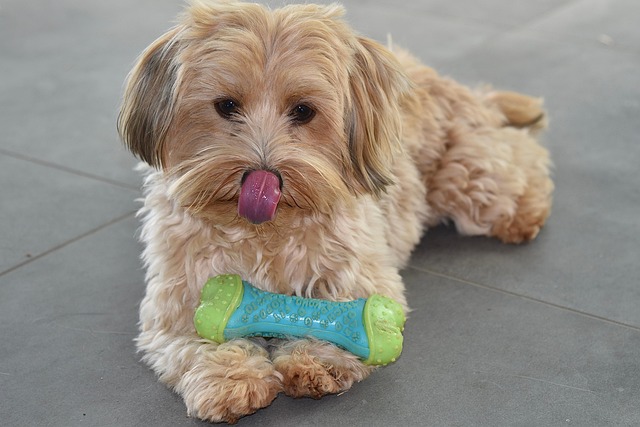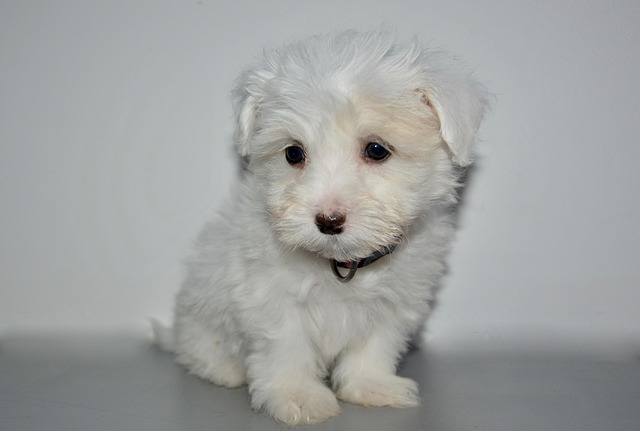
How do dogs improve heart health?
Watching your dog bound around the yard, tail wagging, you might not think about their heart health. But just like us, dogs need to take care of their tickers.
That first real heatwave hits, and suddenly your energetic Labrador is flopped on the cool kitchen tiles, panting like a steam engine. Summer brings sunshine and fun, but soaring temperatures pose real risks for our furry companions. Dogs don’t sweat like us; they rely mainly on panting and vasodilation (blood rushing to the skin) to cool down, which isn’t always enough. Let’s explore practical, vet-backed ways to keep your pup comfortable and safe during hot weather, woven into responsible pet ownership.
Hydration is the absolute cornerstone. Ensure multiple fresh water stations are available both indoors and out – think a sturdy bowl in the shade on the patio and one by their favourite couch spot. Consider adding ice cubes or using a pet water fountain to encourage drinking. For walks, portable collapsible bowls are lifesavers. Remember, keeping your dog’s core vaccinations, especially rabies, current isn’t just health-conscious; it’s legally required across most US states and European countries for public safety. And speaking of walks, always, always carry extra biodegradable poop bags. Scooping immediately isn’t just neighbourly courtesy; it’s mandated in countless city parks and suburban communities – leaving waste is a fast way to fines and frowns.
Timing is everything when the mercury rises. Ditch the midday stroll. Aim for early mornings or late evenings when pavement and air temperatures are significantly lower. Test asphalt or concrete with your bare hand – if it’s too hot for you after 7 seconds, it’s burning your dog’s paws, risking blisters. Opt for grassy routes or shaded paths instead. Apartment dwellers, take note: balconies can become ovens. Never leave your dog unsupervised outside, even briefly. Indoor airflow is key; use fans (ensure cords are secured!) or air conditioning. Create cool retreats with damp towels on tiles, or invest in a pressure-activated cooling mat. A frozen Kong stuffed with wet food or a "pupsicle" (low-sodium broth frozen in a cup) provides mental stimulation and internal cooling. Effective dog heatstroke prevention starts with smart scheduling and environment control.

Watch for danger signs like excessive panting, bright red gums, thick drool, lethargy, stumbling, or vomiting – these signal overheating or heatstroke, a medical emergency. Act fast: move your dog to shade or AC, offer small sips of cool (not icy) water, and apply cool (not cold) towels to their groin, armpits, and paws. Call your vet immediately. Never submerge an overheated dog in cold water, as this can cause shock. Prevention means knowing your dog’s limits: brachycephalic breeds (Pugs, Bulldogs), seniors, puppies, and overweight dogs overheat far faster. Skip strenuous games of fetch when it's sweltering.
How we interact matters. If your dog seems sluggish or irritable in the heat, understand it’s physiological stress, not stubbornness. Never force exercise or punish reluctance – this increases anxiety and body temperature. Use positive reinforcement to encourage relaxing in cool spots. Reward calm behaviour with gentle praise or a cool treat. This aligns with the strong cultural emphasis across Europe and North America on force-free, science-based training methods, reflecting modern animal welfare standards. Community etiquette includes keeping your dog leashed in designated areas to prevent overexertion chasing squirrels and respecting others’ space – a heat-stressed dog might be less tolerant.
Long-term comfort involves lifestyle tweaks. Grooming matters: while a full shave isn't usually recommended (their coat offers insulation), a professional trim for heavy-coated breeds helps. Ensure undercoat is thoroughly brushed out to prevent matting that traps heat. Never shave double-coated breeds like Huskies down to the skin, as it can disrupt their natural temperature regulation. Consider sun protection for light-skinned or thin-coated dogs – pet-safe sunscreen on ears and noses is vital. Finally, the golden rule: NEVER leave your dog unattended in a parked car. Temperatures skyrocket within minutes, even with windows cracked, leading rapidly to fatal heatstroke. It’s illegal in many jurisdictions and socially unacceptable. See a dog locked in a hot car? Note details (make, model, license) and alert store management or call local non-emergency police immediately – many places have "Good Samaritan" laws protecting those who intervene responsibly.

Watching your dog bound around the yard, tail wagging, you might not think about their heart health. But just like us, dogs need to take care of their tickers.

The sight of your dog bounding towards the park, ball in mouth, is pure joy. But when that enthusiasm dims, it could signal more than just a bad day.

You’re standing in the pet food aisle, surrounded by bags of different dog foods, and a shiny package labeled “air - dried” catches your eye.

Watching your dog slow down can feel like a punch in the gut. Sometimes, what looks like normal aging might actually signal something more serious.

That first real heatwave hits, and suddenly your energetic Labrador is flopped on the cool kitchen tiles, panting like a steam engine.

That worried feeling hits every dog owner: your usually playful pup turns away from breakfast, has loose stools, or maybe even vomits a little.